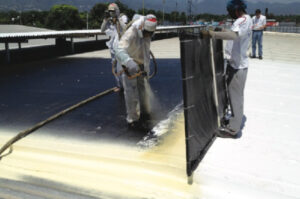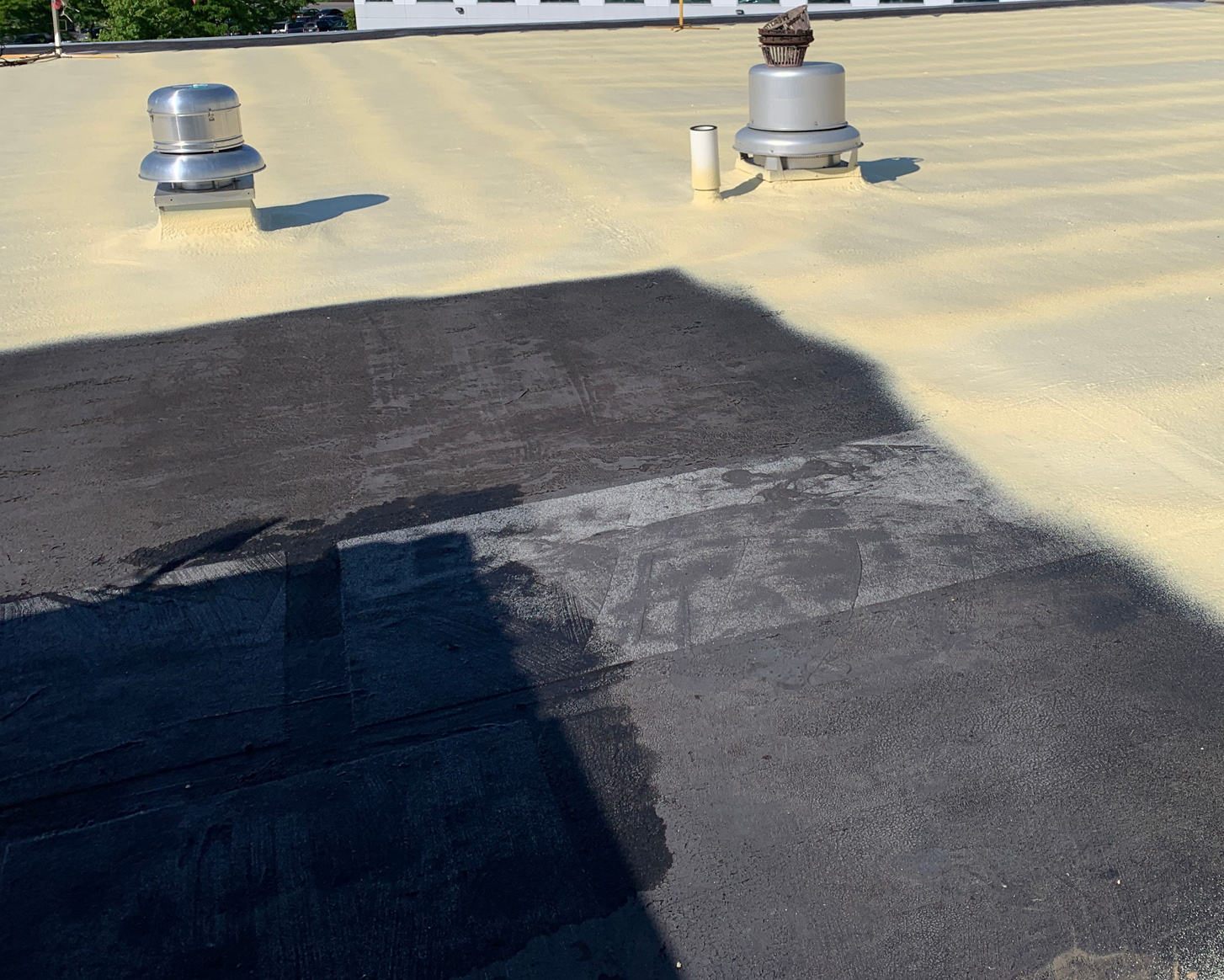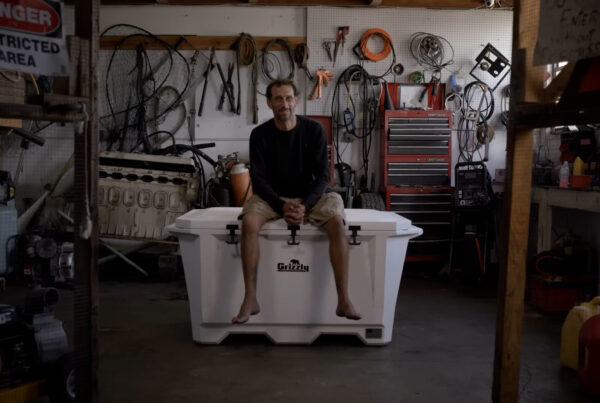Spray Foam Case Study: A Sustainable Transition
In recent years, the global push towards sustainability and environmental conservation has led many companies to reevaluate and adapt their operational methodologies. One such company leading the charge in Jamaica is the Kingston-based Seal Sprayed Solutions, Ltd.
Background
As part of Jamaica’s HCFC Phase-out Management Plan (HPMP), the nation has been actively working towards converting its foam enterprises to non-HCFC technologies. This ambitious project is spearheaded by The United Nations Development Program (UNDP), which, after extensive research on alternatives to HCFC-141b for spray foam applications, chose Ecomate® as the most viable option. This decision was based on successful trials conducted using this groundbreaking technology.
About Seal Sprayed Solutions, Ltd. and FSI
Seal Sprayed Solutions, Ltd., fondly known as Seal Spray, is a renowned spray foam contractor rooted in Kingston, Jamaica. Their expertise spans across various applications, including roof spray foam, cold storage, and interior spray foam applications. Not just limited to Jamaica, their services extend to surrounding islands as well. Historically, Seal Spray relied on HCFC-141b and HFC-245fa in their operations, importing polyurethane systems from countries like Mexico, Trinidad, and the USA. Their recent transition to non-HCFC technology has seen them adopt fully formulated polyols using Ecomate®, supplied by FSI from the USA. FSI does custom toll-blending of open cell spray foam and closed cell spray foam to help contractors manage the cost of spray foam insulation installation.
 The Spray Foam Transition Trial
The Spray Foam Transition Trial
To ensure the effectiveness and feasibility of the new technology, a trial was meticulously planned and executed in Kingston. FSI provided two distinct spray foam systems for this trial, which were applied to an existing non-insulated corrugated steel roof belonging to one of Seal Spray’s esteemed clients. The application process was seamless, with the equipment settings mirroring those used for their regular HCFC-141b or HFC-245fa jobs. Subsequent applications were also carried out at the Seal Spray warehouse, testing the new spray foam system on various materials like metals, magnesium boards, plywood, and concrete board.
Observations and Results of Ecomate® based spray foam
The transition to the Ecomate® system was remarkably smooth. Visually, there was no discernible difference between the results of the application using the Ecomate® system and the traditional HCFC-141b systems. Feedback from the applicators and operators further reinforced this observation, noting that the Ecomate® system processed identically to the 141b system. As of now, physical and mechanical tests are underway on foam samples procured from the trials.
In conclusion, Seal Sprayed Solutions, Ltd.’s successful transition away from traditional blowing agents to the more sustainable Ecomate® based spray foam is a testament to the company’s commitment to environmental conservation. Their journey serves as an inspiration for many and underscores the importance of sustainable practices in today’s world.
For a detailed insight into this transition and the trials, download the full PDF case study here.




